Here are pictures taken yesterday from the bike path and roads surrounding the woods behind North Street. Kohl Construction proposes to build 26 condo units in and around these woods. As observed in Preserving and Enhancing Communities: A Guide for Citizens, Planners, and Policymakers,
Protecting open space is often about protecting what makes a community special and unique… At the small-town or village scale, a forested hillside or surrounding farmland helps create a unique sense of place. Furthermore, preserving open space helps to create distinct edges that stop the blurring of community boundaries that is characteristic of urban sprawl. Defining what is unique about one’s community and identifying places that are special to local residents is an important part of the overall planning process (Hester 1990)…
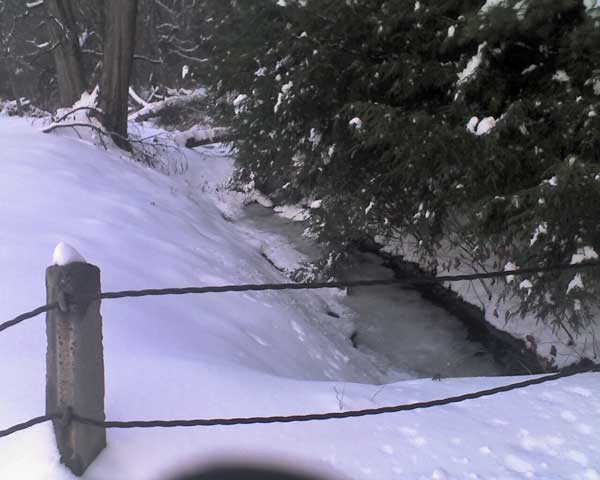
Above: Millyard Brook is an intermittent stream that borders Kohl’s property.
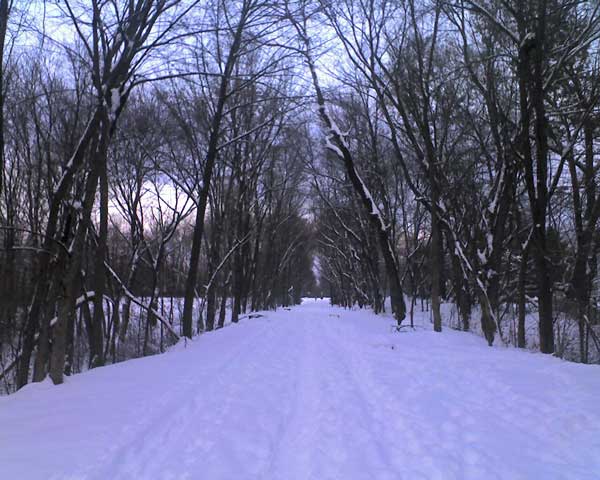
Above: The new bike trail, looking towards Bates Street. The land to the left of the trail is protected open space, but the land to the right is not.
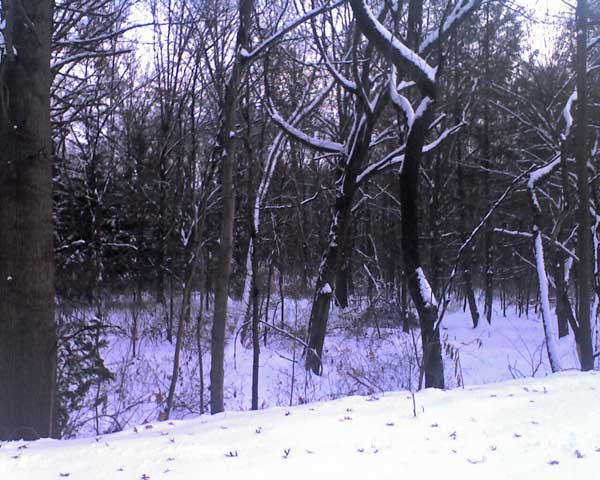
Above and below: The woods on Kohl’s property not only abut Millyard Brook but likely contain one or more vernal pools. In Portland, these kinds of wooded wetlands enjoy protection as Habitat Conservation Areas. Trees help moderate temperatures in these areas and control sediment.
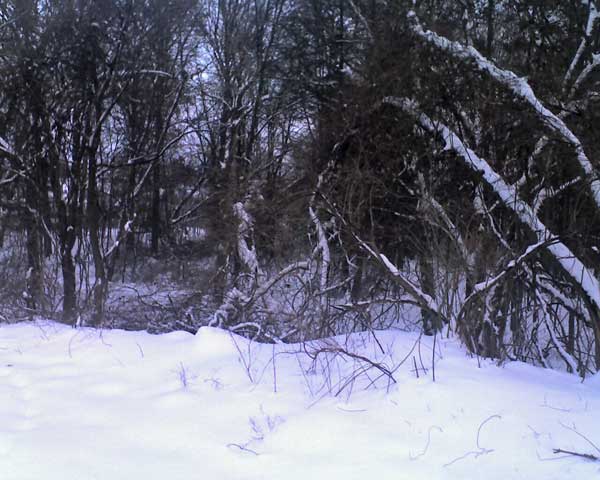
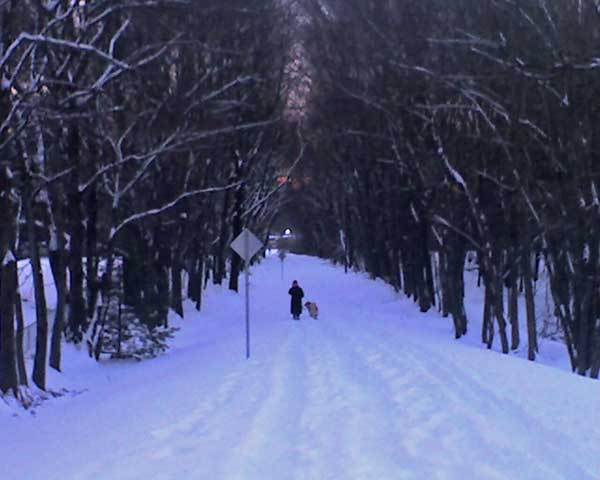
Above: The bike path again, looking towards Woodmont Road.
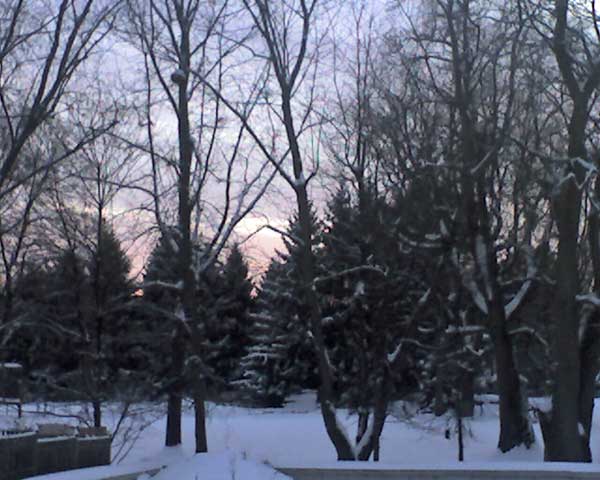
Above and below: The woods as seen from Bates Street.
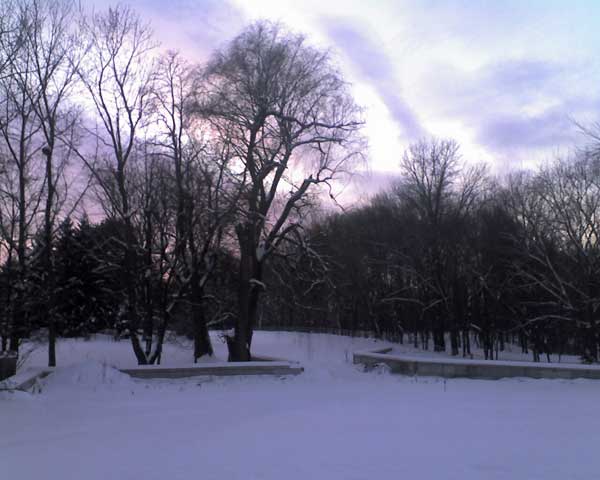
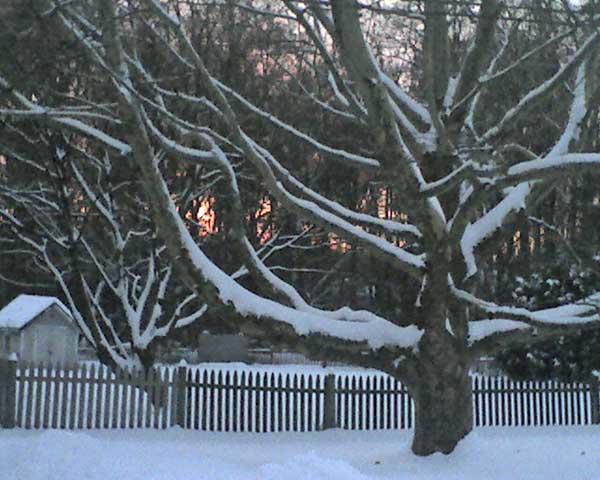
Above: The woods as seen from Northern Avenue.
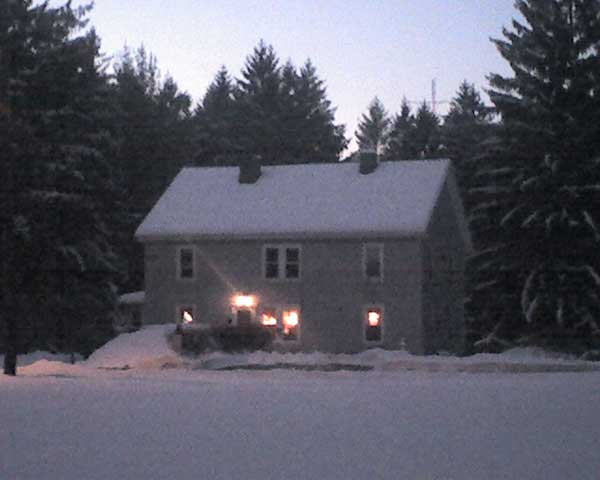
Above: This house at 8 View Avenue is slated for demolition. It is to be replaced by a road and Unit 17.
See also:
Photo Essay: The Forest Behind View Avenue
Kohl’s Condo Proposal: Where Things Stand, and What You Can Do
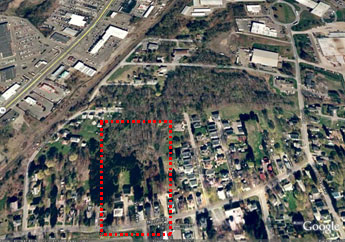
The urban forest behind North Street is already surrounded by development.
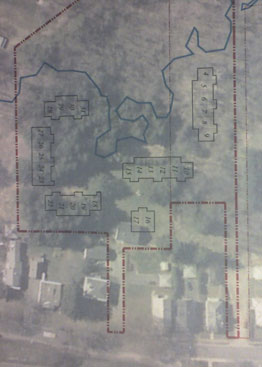
The proposed condos will encroach close to wetlands.
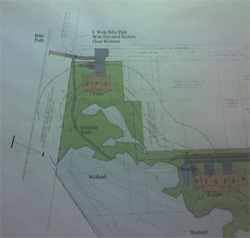
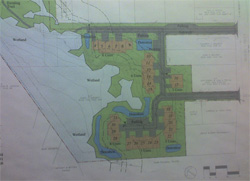
Roads and parking spaces will need to be constructed to serve the condos.
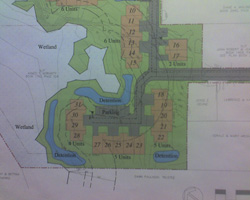
[Note: Northampton Redoubt reports that Units 28-31 have been dropped from the plan as they are close to probable vernal pools. One unit has also been dropped from the group of three at the end of Northern Avenue.]
Pictures of Kohl Construction’s Condo Plans

Gazette Guest Column: “Life among the ruins” (12/22/07)
…nature matters: Cities ignore at their peril the loss of ecological services such as water purification, flood mitigation, carbon [sequestration], and moderation of microclimate…
[Rutherford H. Platt, Professor of Geography Emeritus at the University of Massachusetts, Amherst]
Smart Growth with Balance: The American Planning Association [emphasis added]
Core principles of Smart Growth include:
…CREATION OR PRESERVATION OF A “SENSE OF PLACE”. A “sense of place” results when design and development protect and incorporate the distinctive character of a community and the particular place in which it is located. Geography, natural features, climate, culture, historical resources, and ecology each contribute to the distinctive character of a region…
The American Planning Association and its Chapters support protection and enhancement of biodiversity through the planning process. Planning for biodiversity should use the best available science to assess natural resources and determine areas of environmental vitality as the first step in incorporating “green infrastructure” into human settlements.
Reasons to Support the Specific Policy: Natural systems and biodiversity are critical to the support of human populations. Biodiversity planning should be included in the early stages of land use planning. Planning should include an inventory of natural processes and ecosystems. To the extent such information is available, plans should include identification of natural vegetation, wetlands, arid lands, endangered and threatened plant and animal species, umbrella and indicator species, species that are commercially important in the state, and species habitat (including food sources, denning and nursery areas, and migratory routes). Based upon this inventory, all land use and development plans should incorporate “green infrastructure” based on good science and best available management practices to limit deleterious impacts on fragile ecosystems. Green infrastructure is an interconnected network of greenways and natural lands that includes wild life habitat, waterways, native species and preservation or protection of ecological processes. All development — including redevelopment, infill development, and new construction in urbanizing areas — should plan for biodiversity and incorporate green infrastructure. Green infrastructure helps to maintain natural ecosystems, including clean air and water; reduces wildlife habitat fragmentation, pollution, and other threats to biodiversity. It also improves the quality of life for people.
UMass Press: “Natural Land: Preserving and Funding Open Space”
Open space plays an important role in moderating the climate in urban areas. Street trees and other vegetation cool urban areas, which because of the high percentage of buildings and paving are much warmer than surrounding rural areas (Botkin and Keller 1995). Urban trees also remove dust and pollutants from the air. For example, research in Tucson, Arizona, estimates that “planting 500,
000 desert-adapted trees over five years could be worth more than $236 million to the city” in the form of savings on air-conditioning and other costs (McPherson quoted in Lawson 1992, p. 42). In the city of Stuttgart, Germany, corridors of forest land have been preserved to provide a natural airflow through the dense urban environment, bringing clean air from the surrounding rural areas and diluting urban air pollution, as well as moderating the climate (Spirn 1984)…
Randal O’Toole: “The Folly of ‘Smart Growth'”
Open space in valuable locations such as people’s backyards, urban parks, and golf courses will be transferred to less valuable locations such as private rural farms that are unavailable for recreation…
Bozeman Daily Chronicle: “Bozeman’s Growing Pains” (9/7/05)
Open space for recreation [in Portland] is at risk after 10,000 acres of parks, fields, and golf courses were rezoned for infill development.
Daryl LaFleur: North Street Area and Urban Ecology
Constructing homes in the downtown area near existing services, infrastructure and public transit makes sense. However, the Urban Land Institute’s report on Springfield [PDF] suggests removing decaying buildings and creating more green spaces in Springfield’s downtown area as a way to enhance that city’s quality of life and lure people back to downtown. Springfield would like to create, on a larger scale, what Northampton currently has and one need only walk around downtown Springfield and observe the lack of urban green patches to understand why. Similarly, despite all of its problems, the Big Dig in Boston aims to add parkland and green recreational areas in an urban environment for the same reason, to improve the quality of life for inhabitants and give business owners a reason to stay put.
As Hurricane Threat Builds, Has Complacency Set In about Flooding?
Infill sounds great on paper, but when it means paving over green space in downtown Northampton, it runs contrary to sound flood mitigation practice. The reality is that much of the remaining green space in downtown is in low-lying areas that are most susceptible to flooding. It makes sense to go along with the collective wisdom of the past 350 years and leave them undeveloped.
Irony of Infill: You Have to Drive to Enjoy Nature
A key assumption built into infill is that walking access to amenities associated with civilization takes priority over walking access to nature. If developers are permitted to aggressively pave over green spaces downtown, more residents will be compelled to drive if they want to enjoy parks and woods. Most likely their overall time spent in ‘unbuilt’ environments will decrease.